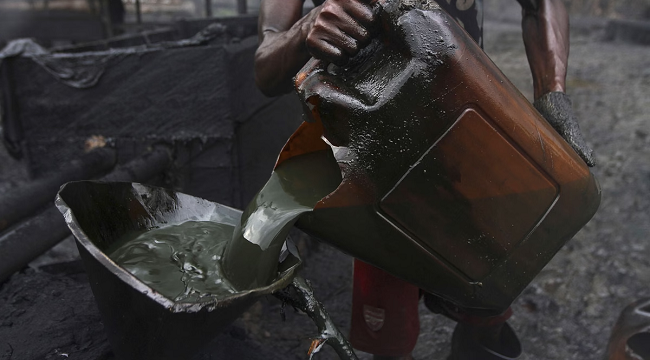Global oil markets face renewed pressure as U.S. energy analysts project Brent crude prices could fall to their lowest levels in five years. The U.S. Energy Information Administration (EIA) warned Tuesday that Brent crude spot prices may average below $60 per barrel in the fourth quarter of 2025, a threshold last seen during the COVID-19 pandemic in 2020. The forecast follows a 7% price drop in August, extending Brent’s year-to-date decline to over 11%.
Mounting global inventories and weaker-than-expected demand growth are driving the bearish outlook, according to the agency’s statistical team. Acting Administrator Steve Nally highlighted the link between inventory surges and price volatility: “History shows rapid inventory builds often lead to sharp price corrections, and that’s what we expect in the coming months.” Brent futures traded near $66.09 per barrel following the report, down from $71.83 at August’s opening.
The supply glut appears poised to deepen, with U.S. crude production forecast to hit 13.41 million barrels per day in 2025 – a record fueled by improved drilling efficiency. Analysts caution that growing output from non-OPEC producers could persistently outpace global consumption, particularly if economic headwinds in key markets like China limit fuel demand recovery.
This year’s price trajectory illustrates the market’s fragility. After opening 2025 at $74.93, Brent briefly surged to $82.03 in mid-January before tariffs and weakening demand triggered a months-long slide. A geopolitical risk premium tied to Middle Eastern tensions provided temporary relief in June and July, pushing prices back to $72. However, forecasts of sustained oversupply erased those gains, culminating in August’s steepest monthly loss.
Market watchers now monitor whether Brent can defend its $60 support level – a critical threshold that, if breached, could accelerate selling. The commodity’s recent plunge mirrors April’s slump to $63.12, which marked its lowest close this year. While seasonal demand shifts and geopolitical shocks remain wild cards, most indicators point to suppressed prices through late 2025.
The EIA’s latest assessment underscores the fragile equilibrium between production caps by major exporters and surging U.S. shale output. With inventories swelling and demand forecasts muted, analysts warn the oil market’s recovery might stall well into 2026 unless significant production adjustments occur.
